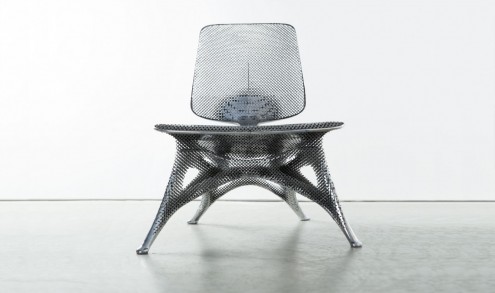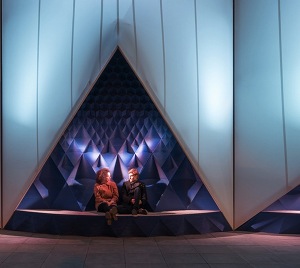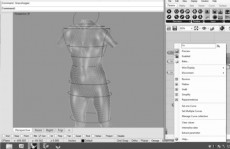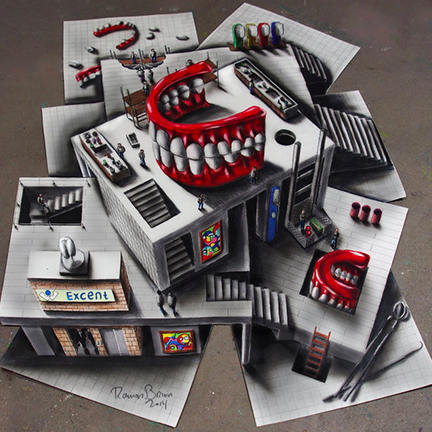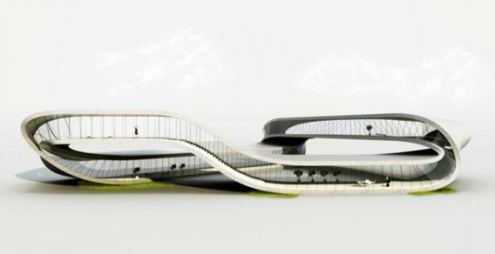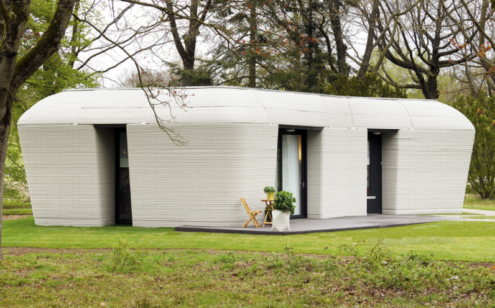
On April 30, a retired Dutch couple from Amsterdam have become Europe’s first tenants of a fully 3D printed house in Eindhoven, Noord-Brabant, a cream coloured modern house with a bunker-like feel. Thanks to extra thick insulation and a connection to the heating network, the house is very comfortable and energy efficient.
Printed layer by layer at a factory in Eindhoven, the parts were transported by truck to the construction site and placed on a foundation. The house was then equipped with a roof and window frames, and its finishings. One of the advantages of 3D printing is that the concrete printer has the ability to place concrete only where it is needed, without overloading the foundations and without wasting materials, making it a green choice.
Although it is early days, the 3D printing method is seen by many within the construction industry as a way to lower costs and damage to the environment. In the Netherlands, it also provides an alternative at a time when there is a shortage of skilled bricklayers.
The couple, who have lived in four different types of home in the past six years, are paying €800 a month to live in the home for six months as of August 1st. I can tell you that this is a very good price, considering the overheated housing market and the next to non-existent availability of places to rent.
(Links and image: archdaily.com and theguardian.com)

